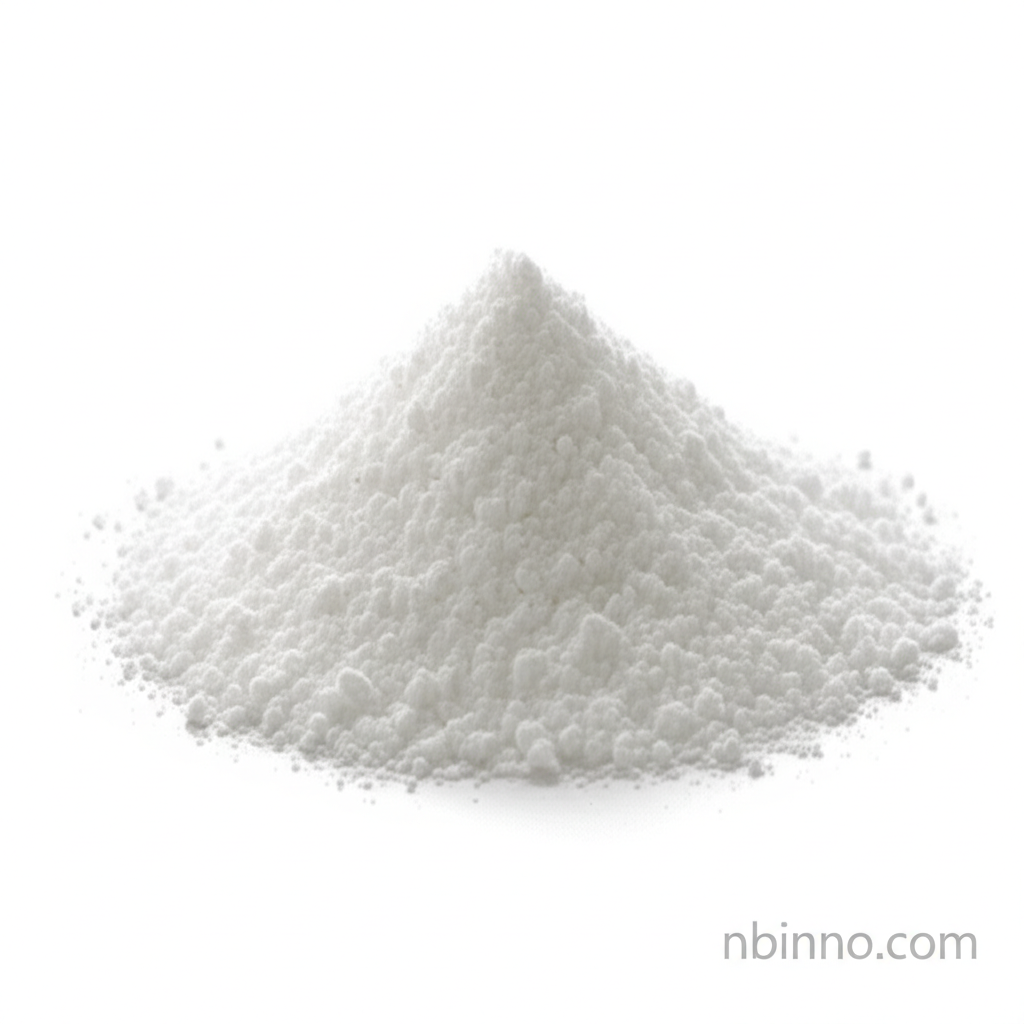Unlocking the Potential of 4,4'-Dibromo-2,2'-bipyridine
Discover the essential properties, diverse applications, and synthesis pathways of this vital chemical compound.
Get a Quote & SampleProduct Core Value

4,4'-Dibromo-2,2'-bipyridine
This compound is a crucial organic molecule with significant utility in various scientific and industrial applications. Its structure makes it an excellent ligand for transition metals, playing a key role in the development of advanced materials and catalytic processes.
- The unique structure of 4,4'-Dibromo-2,2'-bipyridine makes it an efficient ligand for the coordination of many transition metals, enabling novel catalytic and material applications.
- Researchers utilize 4,4'-Dibromo-2,2'-bipyridine in the synthesis of ruthenium dyes, which have demonstrated high efficiency in thin-film dye-sensitized solar cells.
- The compound exhibits useful chemical properties for organic synthesis, serving as a building block for complex molecular structures.
- With a CAS number of 18511-71-2, this chemical intermediate is essential for advancements in electronic chemicals and materials science.
Key Advantages It Brings
Versatile Ligand Capability
Leverage the excellent coordination properties of 4,4'-Dibromo-2,2'-bipyridine to design advanced metal complexes with tailored functionalities.
Solar Energy Applications
Explore the use of this compound in creating efficient dyes for solar cells, contributing to the development of renewable energy technologies.
Reliable Organic Synthesis
Utilize CAS 18511-71-2 as a dependable building block in complex multi-step organic syntheses for pharmaceuticals and fine chemicals.
Key Applications
Material Science
As a key component in the synthesis of ruthenium dyes, it significantly contributes to the performance of dye-sensitized solar cells.
Catalysis
The compound's ability to act as a ligand makes it invaluable in developing new catalysts for a variety of chemical reactions.
Organic Synthesis
Its reactive bromine atoms and bipyridine core provide a versatile platform for creating complex organic molecules.
Research and Development
Essential for laboratories exploring new materials, energy solutions, and synthetic methodologies.
